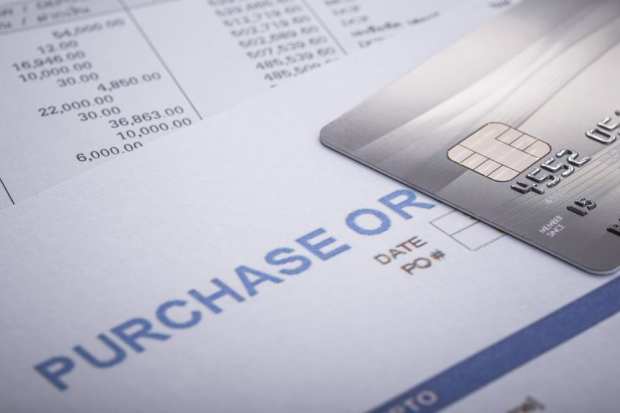Connecting The Procurement Dots, From Purchase Order To Payment

Driving efficiency in accounts payable (AP) can stem from an array of efforts. Adopting electronic payments and getting rid of paper checks is certainly one way to boost AP efficiency. In addition, adopting a digital accounts payable platform can streamline operations, as well as open access to digital data for analytical and process automation purposes.
However, to take a strategic approach to AP process efficiency, organizations must go back to the beginning of the accounts payable chain of command. What triggers an accounts payable transaction is an approved invoice, and what triggers an invoice approval is a purchase order (PO) submitted from the procurement function.
All of these moving parts are connected, explained BuyerQuest CEO Jack Mulloy in a recent interview with PYMNTS, and to accelerate AP, all those parts must be taken into consideration. Unfortunately, he said, the invoicing process — both on the supplier side and the receiving buyer side — has significant points of friction that trip up the rest of the procure-to-pay journey.
“I don’t think companies appreciate the opportunity out there, and they’re not exactly clear on how to put processes and technology in place to make it work for them,” he said. “The treasurer might get enamored with a supply chain financing vendor, and start down a path with a supply chain finance initiative. That’s well and good, but if you have so much latency in your invoicing process, the supply chain finance value goes out the window.”
The first step in a more efficient procure-to-pay process is to shrink that latency.
On the buyer side, that begins with the purchase order. Mulloy emphasized the importance of “well-structured purchase orders” that are generated based on catalogues, with “well-documented, approved requisition line items” that allow for purchase order line items to be matched against invoice line items.
On the supplier side, it begins with being able to receive that well-structured PO, and generate an electronic invoice submitted via XML or electronic data interchange (EDI). Of course, not even vendors will be able to adopt the invoicing technology required to support a touchless invoice-to-pay process, particularly smaller mom and pops, noted Mulloy. It’s important for procure-to-pay technology providers (and the corporate buyers that use these solutions) to meet vendors where they are, and enable as many touchless invoices as possible.
For BuyerQuest, that meant integrating new “Speed to Payment” features in its procure-to-pay platform, which provides more choice for vendors in how they generate and submit invoices. Suppliers are now able to automatically create an invoice directly from a purchase order sent via the BuyerQuest platform. Faster electronic invoice generation means faster payment, and access to early payment discounts for buyers.
“The better structured the purchase order that companies have to match against incoming invoices, the higher percentage of touchless transactions there will be in the process,” said Mulloy. “Procure and pay need to work hand in hand in order for invoice automation to really be successful, and, in turn, for supply chain finance to be a potential opportunity to unlock what’s essentially a revenue stream for a treasurer or CFO.”
The knock-on effects of well-structured POs and electronic invoices don’t end there. According to Mulloy, there is certainly a correlation between companies that receive electronic invoices and firms that pay those invoices electronically. While paper checks are still around, he predicted that, in a decade or so, checks will amount to next to nothing in the B2B payments space.
Just as vendors need choice in how they submit invoices, corporate customers need choice in how they pay their bills, so ACH and commercial cards will both likely come out on top, he added.
The technology to enable well-structured purchase orders, electronic invoices and a more seamless procure-to-pay process has been around for quite some time, but Mulloy said the industry is only in its beginning stages of understanding how all these moving parts are connected. It can be difficult for treasurers and procurement officers to understand the bigger picture of why procurement and AP teams must work in alignment, but once the opportunity is captured, organizations can go even further.
“The companies we’ve seen that do better from a procure-to-pay perspective have tighter alignment between AP and procurement, and once you have better alignment between procurement and AP, then you need to get better alignment with the treasurer and CFO,” he explained. “It’s rare that companies have the chief procurement officer, the head of accounts payable and treasurer all aligned. That’s why I say we’re still in the beginning — there’s a lot of room for improvement, even though some of the pieces of technology have been around for a while.”
